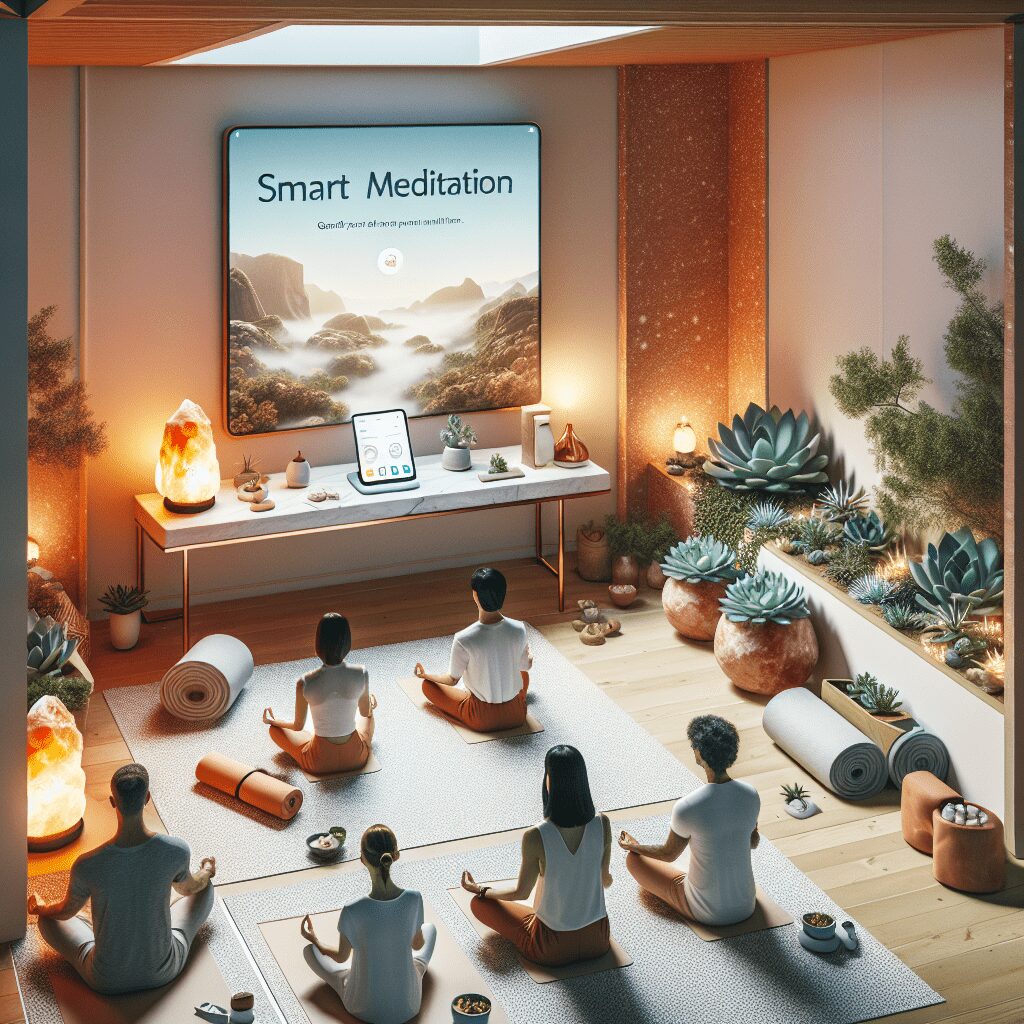
Prioritize your mental well-being daily. Enhance your life by nurturing your mental health with the Smart Meditation app. Break free from stress, alleviate anxiety, and enhance your sleep quality starting today.
How To Use Meditation To Clear Anxiety?
Unlocking the Power of Meditation: A Pathway to Serenity
In today’s fast-paced world, where the hustle and bustle seem never-ending, finding an oasis of calm can feel like searching for a needle in a haystack. Yep, you guessed it—stress and anxiety are often the unwelcome guests at our daily dinner parties. However, the ancient practice of meditation might just be the ticket to showing these party crashers the door. Let’s dive in and explore how meditation can be a potent tool in your arsenal against anxiety.
Meditation: More Than Just Om-ing
First off, let’s bust a common myth: meditation isn’t just about sitting cross-legged and chanting “Om” until you levitate. It’s a deeply personal journey, with various techniques that cater to different preferences and needs. From mindfulness meditation, where you observe thoughts without judgment, to focused meditation, which involves concentrating on a single object, sound, or sensation, there’s a style for everyone. The key is to find what jingles your bells.
Step-by-Step: Building Your Meditation Practice
-
Create Your Zen Den: Find a quiet, comfortable spot where you won’t be disturbed. You don’t need an elaborate setup—a cushion or a chair will do the trick. The vibe? Think more zen garden, less chaotic kitchen.
-
Schedule Your Serenity: Consistency is king. Carve out a specific time each day for your practice. Morning person? Why not start your day on a peaceful note? Night owl? Unwind before bed. The goal is to make it a non-negotiable part of your routine.
-
Start Small and Scale Up: If you’re new to the game, beginning with 5-10 minutes a day and gradually increasing the duration can help your practice feel less like a chore and more like a treat.
-
Choose Your Flavor: Experiment with different meditation techniques. Mindfulness, guided meditations, and breathing exercises are all great starting points. There’s plenty of fish in the sea; find the one that’s right for you.
-
Be a Curious Observer: When thoughts bubble up—and they will—greet them with curiosity rather than irritation. Imagine you’re sitting by a river, watching your thoughts float by like leaves on the water’s surface. No need to jump in and fish them out.
-
Embrace the Wobble: Some days, meditation will feel like a breeze; other times, it’ll be as frustrating as untangling headphones. It’s all part of the process. Remember, it’s called a “practice” for a reason.
The Ripple Effect: How Meditation Tames Anxiety
So, what’s the deal with meditation and anxiety? At its core, meditation helps rewire our brains, teaching us to approach our thoughts and feelings with a sense of detachment and equanimity. This doesn’t mean turning into a robot devoid of emotions. Instead, it allows us to acknowledge our anxious feelings without letting them drive the bus.
Scientific studies have shown that regular meditation practice can decrease the production of stress hormones like cortisol, thus taking the edge off anxiety. It also enhances our concentration, improves sleep, and boosts overall well-being—pretty nifty, right?
Wrapping It Up
In a world that often feels like it’s moving at light speed, meditation offers a haven of calm in the storm. By establishing a regular practice and embracing the ebbs and flows of your mental landscape, you can foster a sense of inner peace that stands firm in the face of life’s uncertainties. So, why not give it a whirl? After all, in the quest for tranquility, meditation might just be your best kept secret.





